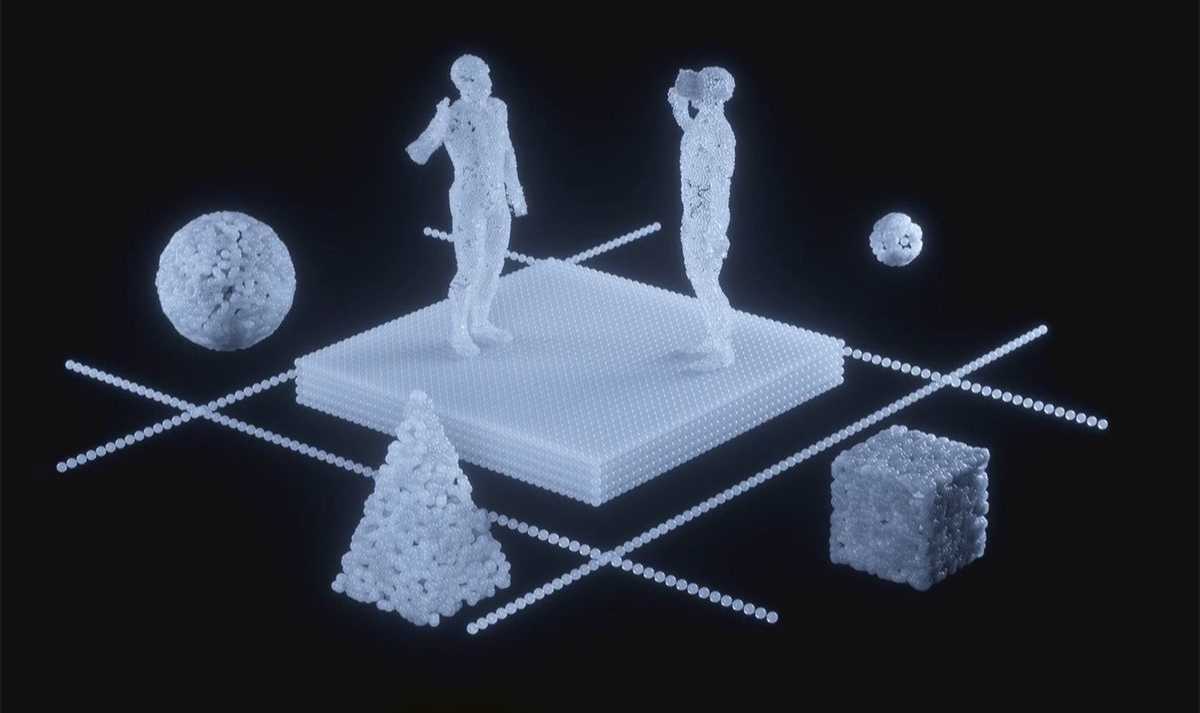Metaverse Development Services for Businesses
We build enthralling metaverse applications for businesses in various industries. With 5+ years of experience in creating immersive solutions, our team can bring your futuristic ideas to life.
What is metaverse?
Metaverse is a shared interactive three-dimensional digital environment accessible via VR, AR, and MR technologies. In the metaverse, users can engage with the elements of the virtual reality space and with each other through digital avatars.
- Stylized digital models of fantasy worlds
- High-fidelity simulation of the real world
- Advanced visualization of assets, products, and environments
- Enhanced real-time cooperation
- Unlimited marketing capabilities
Metaverse use cases in business
How we approach metaverse application development
How we approach metaverse application development
Get in Touch!
FAQ
Metaverse application development is usually based on the following technologies:
- Virtual reality (VR) — a simulated 3D environment accessible via special equipment (headsets) with interactive computer-generated objects, audio-visual content, and digital assets.
- Augmented reality (AR) — a technology that overlays computer-generated content (3D objects, videos, text, etc.) on top of the real-world environment through mobile devices, glasses, or headsets.
- Internet of Things (IoT) — a network that connects digital worlds with physical environments and users via controllers, sensors, cameras, wearables, and software.
- Non-fungible token (NFT) — a cryptographic blockchain record with information about the ownership (usually of digital art).
- Blockchain — a decentralized database with unmodifiable data that facilitates transparent and secure online transactions.
As for the 2D/3D visualization tools, we prefer Unreal Engine (for graphics-heavy projects with photo-realistic objects), Unity (for lightweight, mobile-friendly metaverses), and WebGL.
The development time for metaverse projects depends on the scope of work: target platforms (web, desktop, or mobile operating systems), 3D content quality (photo-realistic or stylized), interactivity elements, online functionality, and supported technologies (VR or AR headsets and controllers).
For example, building a metaverse world for an art exhibition can require 2-3 months, whereas an educational metaverse in a shared environment with real-time collaboration functionality might take from 6 months. During the business analysis and planning stage, our team will provide you with a detailed product roadmap and timeline.
The costs of metaverse projects vary based on the product’s complexity and the scope of work. No matter the estimate, remember that you’re investing in revolutionary technology in a rapidly growing market with the potential to pay off exponentially.
Metaverse can function as either a VR environment or a shared digital space accessible via the web. To use a metaverse app, users may need traditional gadgets or VR headsets — everything depends on the specifics of your solution.

